
Join our community to see how developers are using Workik AI everyday.
Features

Simplify YAML Configuration
Generate YAML for Deployments, Ingress, and more, handling complex setups and traffic routing.

Ensure Error-Free Configs
AI checks YAML for errors using tools like kubeval & YAML Lint while ensuring secure ConfigMaps and Secrets.

Adapt Across Environments
Generate YAML for development, staging, and production. AI ensures smooth transitions and consistency.

Scale with Custom Resources
Use AI to generate CRDs, optimize resources, and manage StatefulSets and Persistent Volumes for scaling.
How it works
Sign up in seconds with Google or manually to access Workik's AI-powered YAML generator for Kubernetes.
Integrate repositories from GitHub, GitLab, or Bitbucket, and specify Kubernetes resources like Pods, Services, Deployments, and ConfigMaps to customize AI-generated YAML configurations.
Use AI to generate, validate, debug, and test your YAML files for optimal configuration. AI can check for errors, optimize for scaling, and integrate with kubectl workflows or Helm for smooth deployments.
Invite your team to Workik for real-time collaboration and feedback. Automate routine tasks like YAML validation, and deployment using AI-powered pipelines.
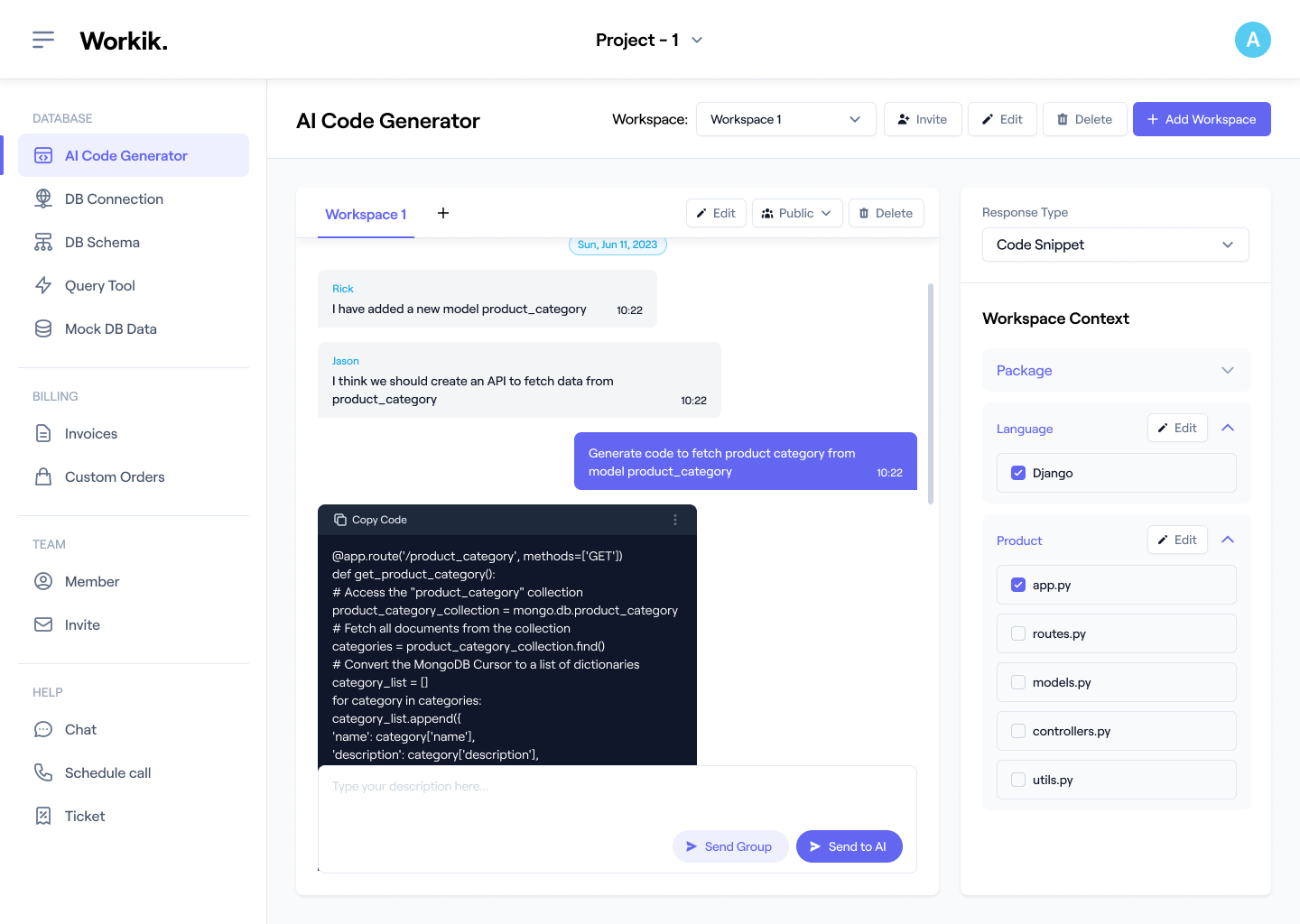

Expand
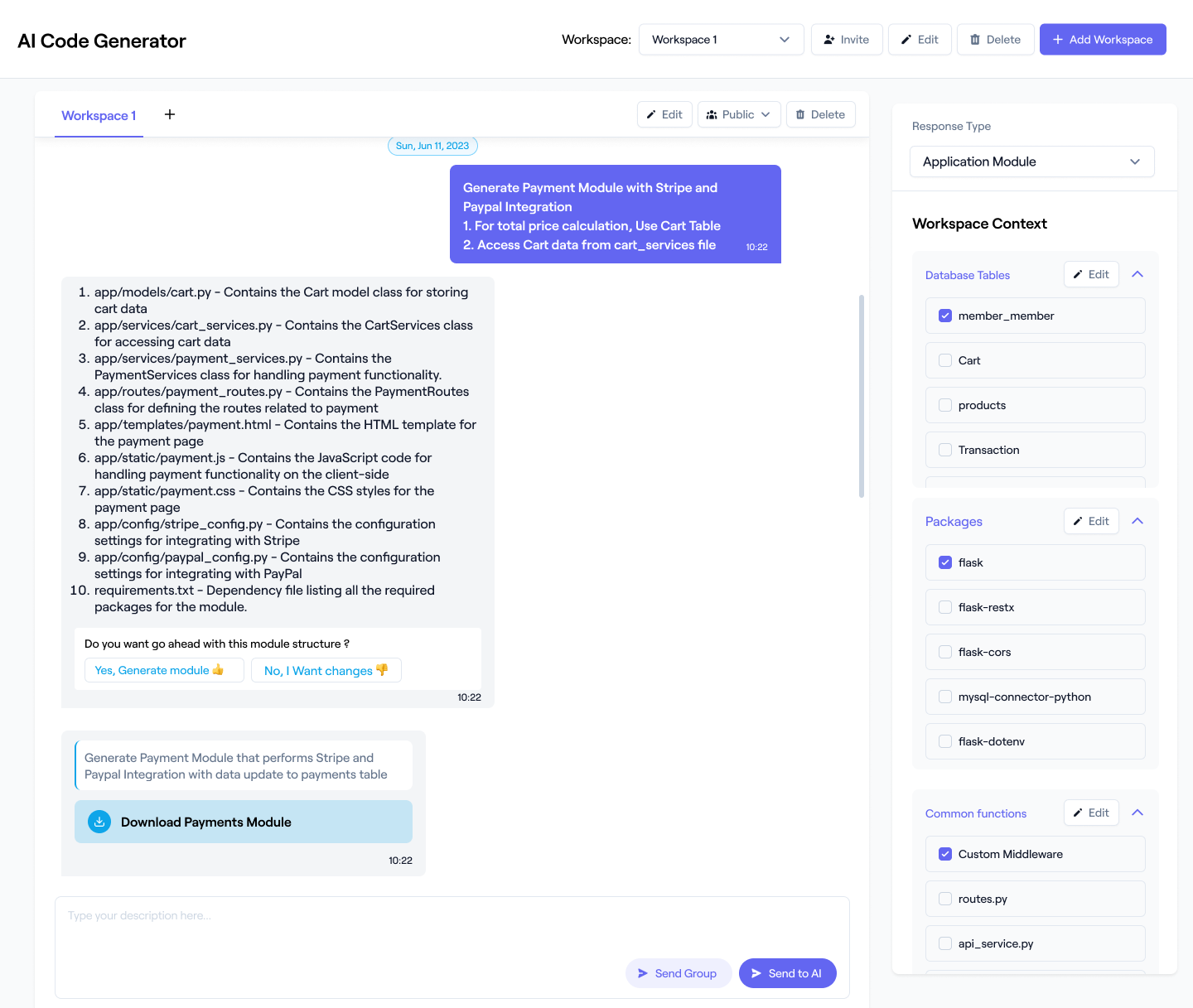

Expand
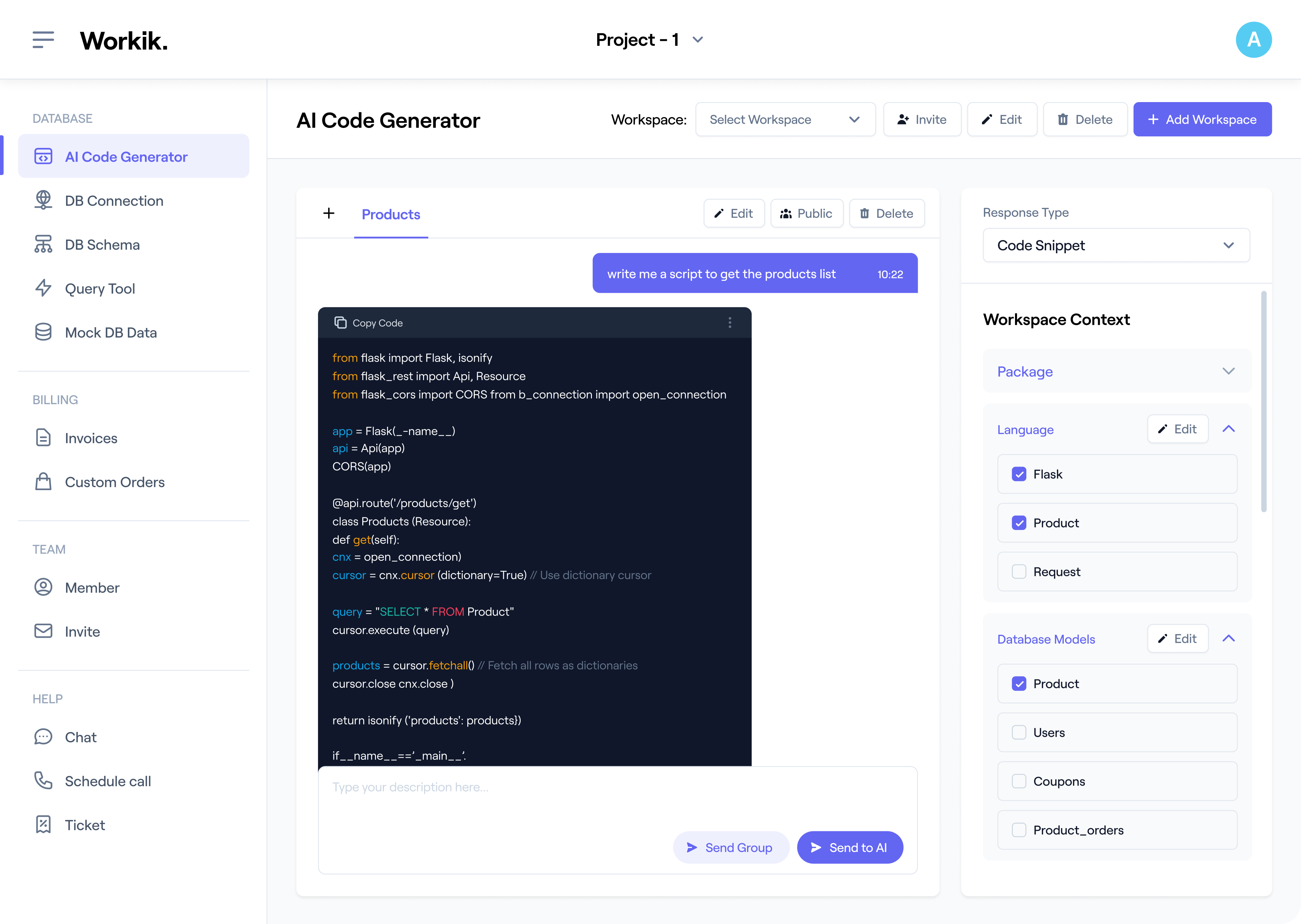

Expand
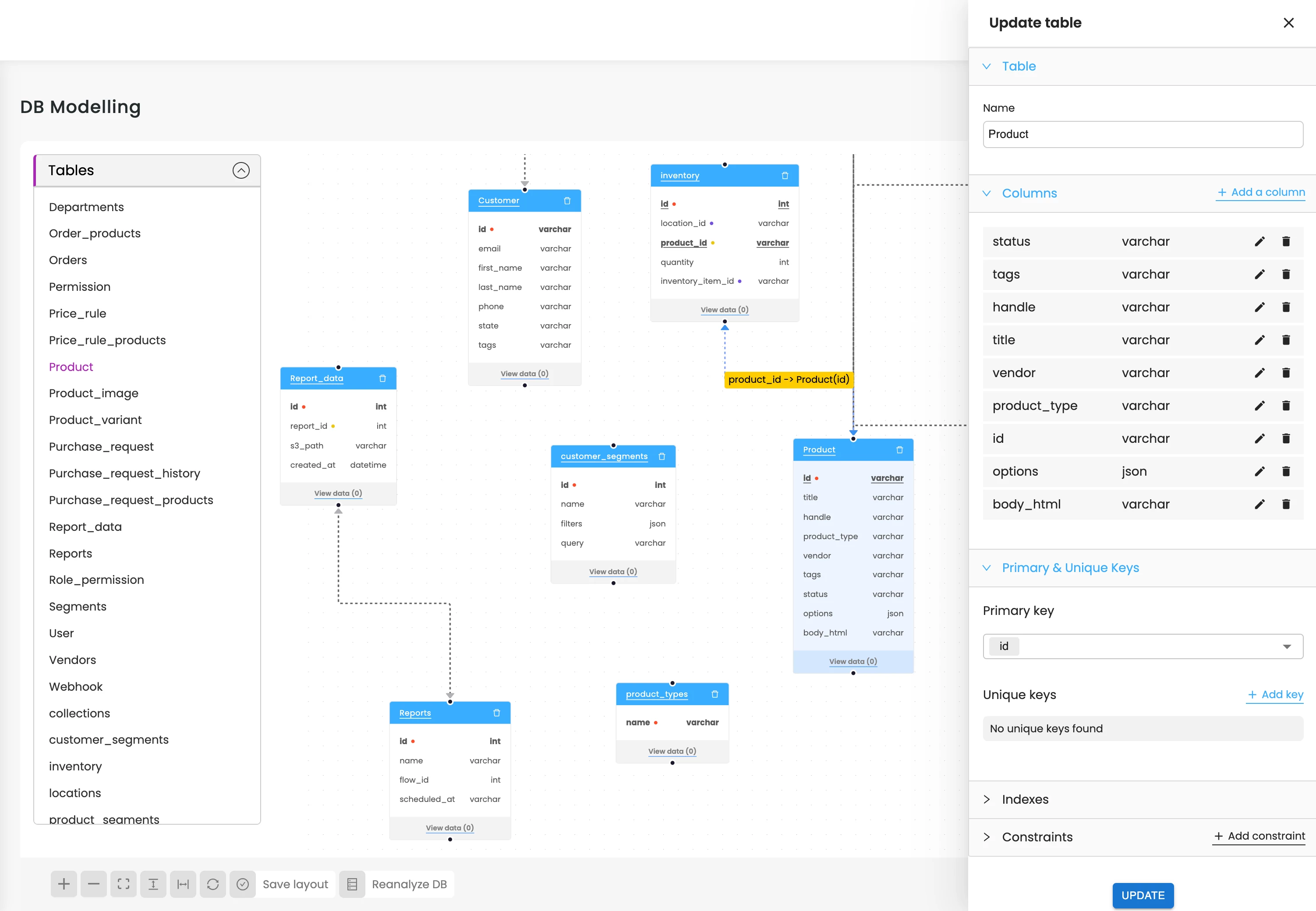

Expand
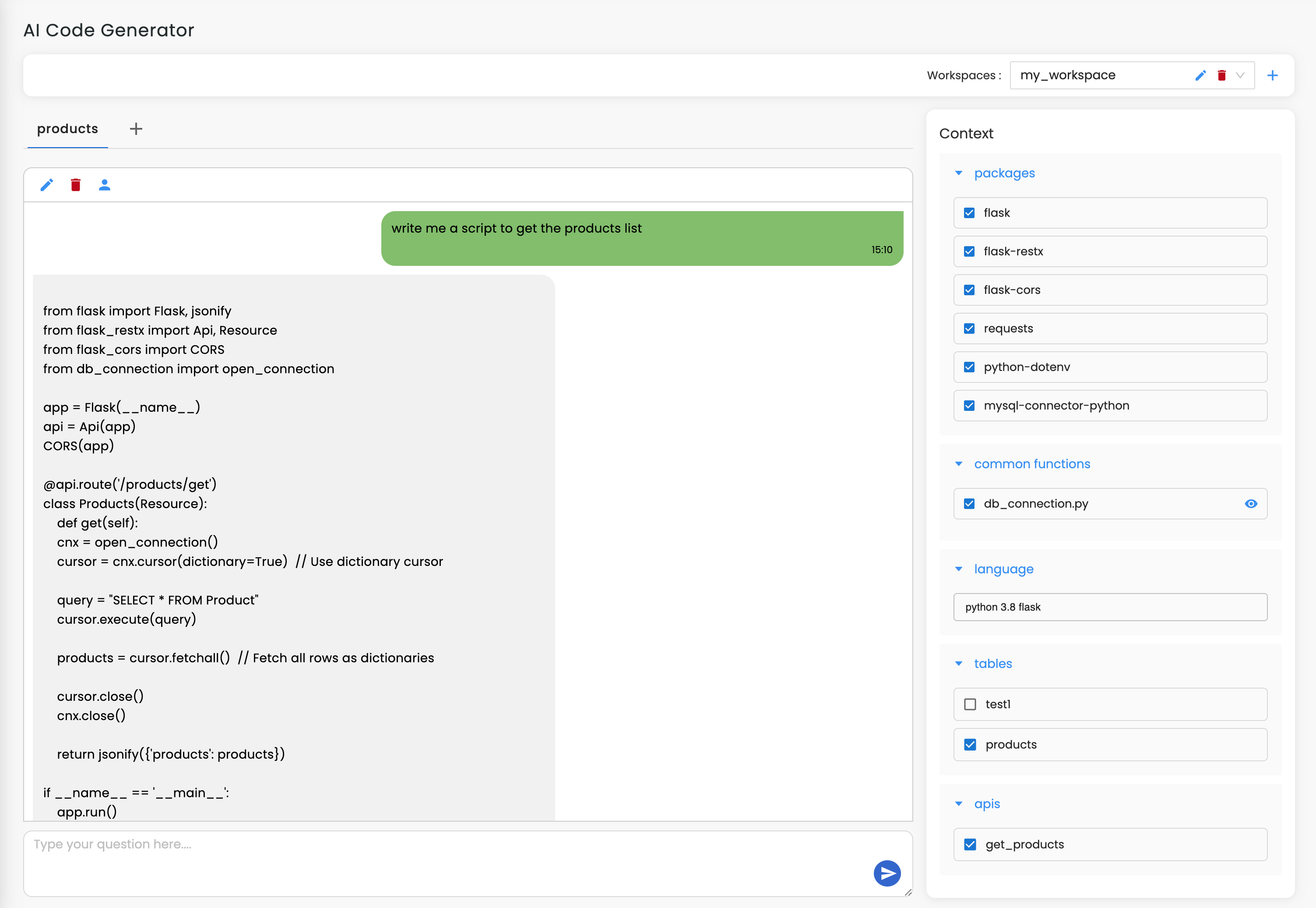

Expand


Expand


Expand


TESTIMONIALS
Real Stories, Real Results with Workik
Workik’s YAML generator configured my entire Kubernetes cluster with flawless accuracy. Saved hours!

Lisa Brown
DevOps Engineer
Deploying microservices was a breeze! Workik AI generated YAML ensures smooth scaling and networking.

Jason Lee
Cloud Engineer
Creating CI/CD pipeline configurations has never been easier. Workik AI’s YAML generator nailed it!

Sophia Vargas
Systems Administrator
What are the popular use cases of Workik's AI Kubernetes YAML Generator?


Popular use cases of Kubernetes YAML Generator helping developers include but are not limited to:
* Generate YAML configurations for Kubernetes Deployments, Services, and ConfigMaps.
* Simplify multi-environment setups for development, staging, and production.
* Streamline the creation of Helm charts and Kustomize overlays for flexible deployments.
* Optimize resource management, scaling, and high-availability architectures.
* Help in the generation of CRDs (Custom Resource Definitions) and network policies.
What kind of contexts can I add in Workik's AI-powered Kubernetes YAML Generator?


While optional, adding context can enhance the accuracy of Workik's AI YAML generator, tailoring output to your project needs. You can:
* Seamlessly connect to GitHub, Bitbucket, or GitLab for continuous integration.
* Define the Kubernetes version or specific cluster environment.
* Specify libraries or frameworks like Helm or Kustomize to help the AI generate modular YAML templates.
* Include API blueprints to simplify service configurations.
* Integrate database schemas for StatefulSet creation.
Can Workik AI help with automating Kubernetes pipelines?


Yes, Workik AI integrates with CI/CD pipelines to:
* Validate and apply YAML configurations effortlessly.
* Streamline deployment processes using Helm or kubectl.
* Handle routine tasks like configuration updates, scaling, and rolling deployments.
How does Workik AI assist with creating reusable Kubernetes YAML configurations?


Workik AI helps generate reusable YAML by creating Helm charts for multi-environment use, developing Kustomize overlays for flexible configurations, and producing parameterized templates that simplify project replication.
Can Workik AI help with advanced networking configurations in Kubernetes?


Yes, Workik AI generates YAML for Services, Ingress, and NetworkPolicies, ensuring secure communication between Pods and external access management while following best practices for networking.
How can Workik AI assist with optimizing resource allocations in Kubernetes?


Workik AI recommends the best CPU and memory settings, optimizing resource usage to prevent wasted capacity or overuse as your applications scale.
How does Workik AI handle security best practices in Kubernetes YAML?


Workik AI assists with implementing security best practices by automating the creation of secure YAML configurations. It helps generate Role-Based Access Control (RBAC) policies, encrypts sensitive data using Secrets, and configures NetworkPolicies to restrict Pod communication, ensuring your cluster is protected by design.
Generate Code For Free

Kubernetes YAML: Question and Answer
YAML (YAML Ain't Markup Language) is a human-readable data serialization format used extensively in Kubernetes for configuring resources such as Pods, Services, Deployments, ConfigMaps, and more. Kubernetes relies on YAML to define the desired state of its resources, making it easier for developers and DevOps teams to manage infrastructure, set up workloads, and automate containerized environments.
Popular frameworks and tools used with YAML in Kubernetes include:
Orchestration Tools:
Kubernetes, Minikube, K3s
Templating Tools:
Helm, Kustomize
Validation and Linting:
kubeval, YAML Lint
Automation:
Argo CD, Flux (GitOps)
Infrastructure as Code (IaC):
Terraform, Pulumi
Security:
OPA (Open Policy Agent), Kyverno, Kube-bench
Networking:
Calico, Istio, Cilium
Popular use cases of YAML in Kubernetes include:
Application Deployment:
YAML is used to define Deployments, StatefulSets, and DaemonSets for managing applications on Kubernetes clusters.
Service Management:
Defining Kubernetes Services, Ingress, and NetworkPolicies to manage networking between Pods and external traffic.
Infrastructure Management:
Automating the creation of ConfigMaps, Secrets, PersistentVolumes, and PersistentVolumeClaims for managing infrastructure and application states.
Scalability and Load Balancing:
YAML is used to configure HorizontalPodAutoscalers and load balancing mechanisms for scaling applications.
CI/CD Pipelines:
Integrating YAML with GitOps tools like Argo CD and Flux for automated deployment pipelines.
Career opportunities and technical roles for YAML and Kubernetes developers include Kubernetes Engineer, DevOps Engineer, Site Reliability Engineer (SRE), Cloud Architect, Platform Engineer, Infrastructure Engineer, and Kubernetes Consultant.
Workik AI offers extensive YAML assistance for Kubernetes, including:
1. Code Generation:
Automatically generates YAML files for deploying resources like Pods, Services, and ConfigMaps.
2. Validation:
Detects syntax errors and invalid configurations in YAML using built-in tools like kubeval and YAML Lint.
3. Optimization:
Provides performance improvements by suggesting better resource allocation (e.g., CPU/memory limits) and scaling options.
4. Automation:
Automates repetitive tasks like generating Helm charts, managing Kustomize overlays, and creating environment-specific YAML files.
5. Debugging:
Identifies and helps fix common YAML issues, such as incorrect resource references, invalid configurations, and missing dependencies.
6. CI/CD Integration:
Seamlessly integrates YAML files into CI/CD pipelines, automating deployments using tools like kubectl, Helm, and GitOps.
7. Multi-Cluster Management:
Simplifies the generation of YAML for managing multiple Kubernetes clusters across different environments.
8. Security:
Automates the creation of security policies, such as Role-Based Access Control (RBAC) and NetworkPolicies, to secure Kubernetes clusters.
Explore more on Workik
Get in touch
Don't miss any updates of our product.
© Workik Inc. 2025 All rights reserved.

